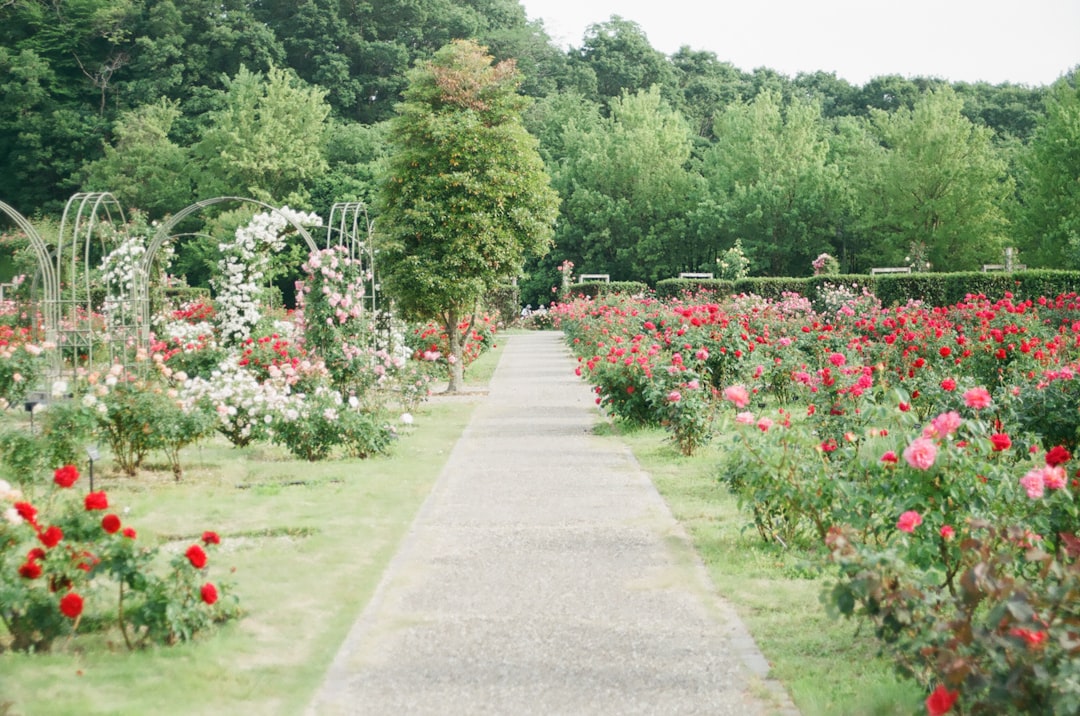When designing a garden, one of the first decisions you’ll face is choosing the right type of flowers. Should you opt for the vibrant, short-lived beauty of annuals, the delayed bloom of biennials, or the enduring presence of perennials? Understanding these plant types and how they fit into your garden goals is essential for creating a thriving, harmonious space.
What Are Annuals, Biennials, and Perennials?
The main difference between these three plant types lies in their life cycle—the amount of time it takes for them to grow, flower, and complete their life process.
-
Annuals: Complete their life cycle in a single growing season. They germinate, grow, bloom, produce seeds, and die within one year.
-
Biennials: Take two years to complete their life cycle. In the first year, they focus on roots and foliage. In the second, they flower, set seeds, and die.
-
Perennials: Live for three or more years, returning to bloom season after season. While they may die back in the winter, they regrow from their roots each spring.
Annuals: A Burst of Seasonal Color
Annuals are perfect if you want an immediate splash of color in your garden. They’re often fast-growing and flower prolifically throughout their growing season.
-
Benefits of Annuals:
-
Constant blooms: They flower continuously until frost.
-
Wide variety: Available in countless colors, shapes, and sizes.
-
Flexibility: Great for experimenting with new designs each year.
-
-
Popular Annuals:
-
Marigolds
-
Petunias
-
Zinnias
-
Impatiens
-
-
Where to Use Annuals:
-
Filling gaps in perennial borders.
-
Creating seasonal flower beds or containers.
-
Adding vibrant color to walkways or patios.
-
-
Considerations:
Annuals need to be replanted every year and often require more watering and fertilizing than perennials.
Biennials: Patience for Rewarding Blooms
Biennials require a bit more patience but can add unique structure and interest to your garden. In their first year, they grow leaves and roots; in the second, they flower, set seed, and die.
-
Benefits of Biennials:
-
Unique foliage and flowers that develop over two years.
-
Ideal for gardeners seeking variety and planning ahead.
-
-
Popular Biennials:
-
Foxglove
-
Hollyhocks
-
Sweet William
-
Canterbury Bells
-
-
Where to Use Biennials:
-
Cottage gardens or naturalized areas.
-
Borders and backdrops where their tall stems can shine.
-
-
Considerations:
To ensure continuous blooms, plant biennials in successive years so some are flowering while others are growing.
Perennials: The Garden’s Foundation
Perennials are the backbone of many gardens, offering longevity and reliability. Once established, they regrow year after year, providing structure and consistency.
-
Benefits of Perennials:
-
Long-lasting: They return for several seasons, saving you time and money.
-
Lower maintenance: Once established, they require less watering and care.
-
Seasonal interest: Many have attractive foliage even when not blooming.
-
-
Popular Perennials:
-
Daylilies
-
Hostas
-
Coneflowers
-
Peonies
-
-
Where to Use Perennials:
-
As the framework of flower beds and borders.
-
In areas where you want consistent blooms year after year.
-
Combined with annuals and biennials for a dynamic display.
-
-
Considerations:
Some perennials take a few years to establish and bloom fully, so patience is key.
How to Choose the Right Type for Your Garden Goals
To determine whether annuals, biennials, or perennials (or a mix!) are right for your garden, consider the following:
-
Garden Purpose:
-
If you want instant color and flexibility, go with annuals.
-
For a mix of foliage and flowers over time, choose biennials.
-
To establish a lasting garden framework, rely on perennials.
-
-
Maintenance Preferences:
-
Annuals require regular replanting and feeding.
-
Biennials need planning for staggered planting.
-
Perennials are lower maintenance but require patience.
-
-
Space and Layout:
-
Use annuals for small gardens or containers.
-
Biennials work well in planned borders.
-
Perennials are ideal for larger, long-term landscaping.
-
-
Budget:
-
Annuals may cost more over time due to yearly replanting.
-
Perennials are an investment but save money in the long run.
-
The Perfect Blend: Combining Annuals, Biennials, and Perennials
For the most vibrant and dynamic garden, combine all three types:
-
Use perennials as the foundation for your garden’s structure.
-
Add annuals for bursts of seasonal color.
-
Sprinkle in biennials for height and variety.
This layered approach ensures your garden has year-round interest, with new flowers emerging each season.
By understanding the differences between annuals, biennials, and perennials, you can create a garden that reflects your style and meets your goals. Whether you’re looking for instant gratification, planning ahead for future blooms, or building a long-lasting floral haven, there’s a perfect balance for every gardener.
So grab your gloves, plan your palette, and let your garden come to life!

Comments
No comments yet. Be the first to comment!
You must be logged in to comment. Login